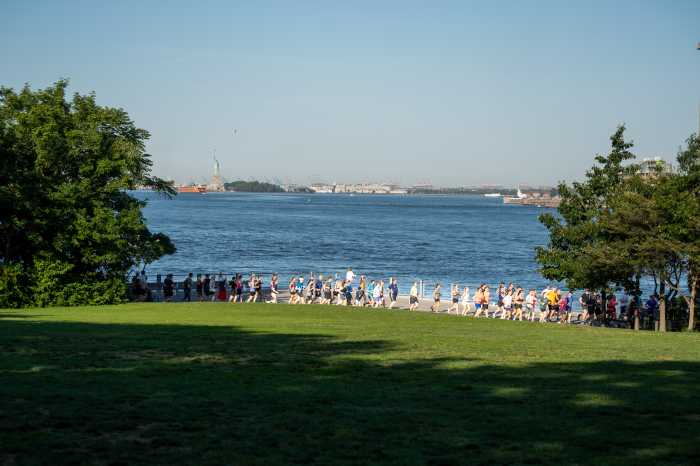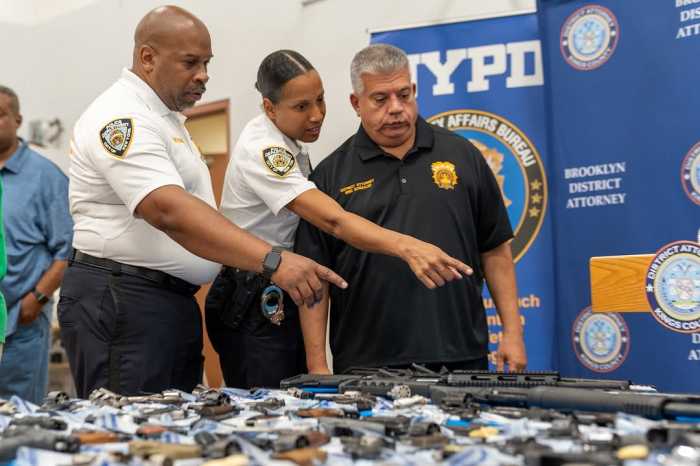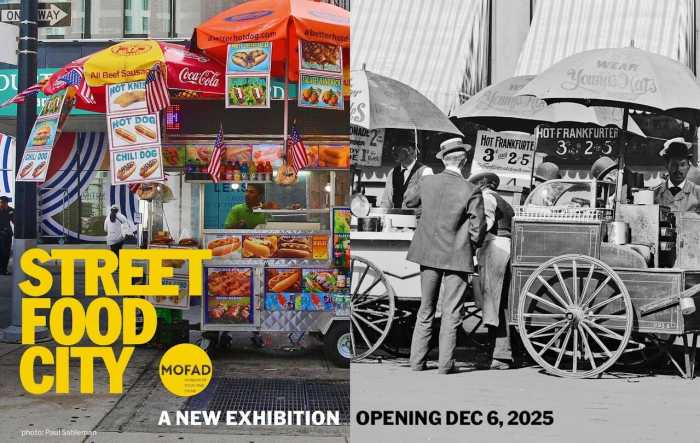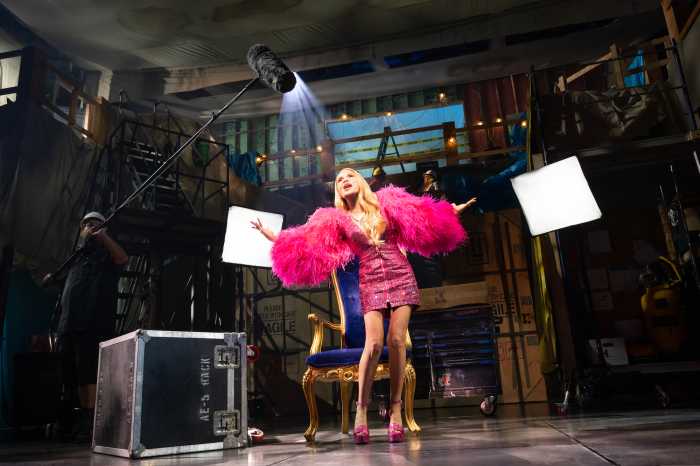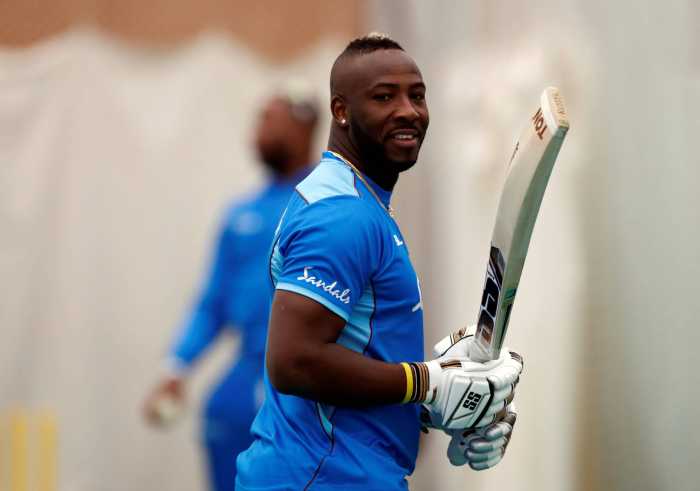Many years ago, Brooklyn had its very own major league baseball team,
the Dodgers. You may have heard of them.
In 1955, Walter O’Malley, president and owner of the Dodgers, complained
that the team had outgrown Ebbets Field, so he sold the stadium to Marvin
Kratter — later the creator of the Ebbets Field Houses on the site
— intending to lease it back for the next three years. He wanted
a new, larger, round, domed ballpark which he thought would be fine at
Atlantic and Flatbush avenues. Then the team left for Japan to play exhibition
games.
Then-Brooklyn Borough President John Cashmore approved of the planned
new ballpark but Parks Commissioner Robert Moses did not. Moses said he
did not want public money involved in the construction of a new stadium.
Then he chastised O’Malley for even thinking of using public money
and the city’s powers of eminent domain to build a sports stadium.
“Walter honestly believes that he, in himself, constitutes a public
purpose,” said Moses.
The Board of Estimate, the city’s funding agency at that time, agreed
with Moses. Then O’Malley called Los Angeles.
But L.A. had no more of a stadium to offer than did Brooklyn. New York
Mayor Robert Wagner, concerned that he was losing two baseball teams,
the New York Giants as well as the Brooklyn Dodgers, tried to mend fences.
Then Moses offered to build a stadium for the Dodgers in Flushing Meadows,
Queens, at Parks Department expense. If O’Malley didn’t accept,
he concluded, “It won’t happen.”
Moses was right. The estimate on the proposed stadium and land was revealed
to be $20.7 million. But L.A. was more accommodating. They were willing
to dedicate land in Chavez Ravine — land that had been designated
for public housing for poor Mexican immigrants — as a stadium site
for the Dodgers.
O’Malley counter-offered Moses by saying he would buy the Atlantic
Avenue site — if the city only would condemn the land, filled with
“slums,” according to journalist Doris Kearns Goodwin in her
book “Wait Till Next Year.” Meanwhile, on the West Coast, the
ante was 300 acres of the ravine plus $4 million for preparation. O’Malley
would pay for the $10 million stadium, writes Michael Shapiro in his “The
Last Good Season: Brooklyn, The Dodgers, and Their Final Pennant Race
Together.”
The Board of Estimate never acted. They refused to condemn the Atlantic
Avenue land; they hesitated to build a $30 million stadium.
In October 1957, O’Malley flew to L.A. with a contract for his Dodgers.
After several ugly scenes in which people were evicted, Dodgers Stadium
opened in 1962. Two years later, Shea Stadium opened in Flushing Meadows.
Professional baseball, of course, returned to Brooklyn in 2001. Fostered
by a mayor who drove to have two farm teams in the city no matter what
the cost, the Cyclones opened in Coney Island’s brand new Keyspan
Park.
It was a dream that O’Malley could only wish for. Not only did the
city pick up all expenses, it built on city park property taken over when
developer Fred Trump defaulted on old Steeplechase Park land. The only
condemnation was of the Thunderbolt, a privately owned roller coaster
relic of the old Coney Island. The winners were Fred Wilpon, who owns
the Mets and Cyclones, baseball fans in Brooklyn, and the Coney Island
neighborhood.
So Brooklyn is having a renaissance, a rebirth of its better days. Risky
neighborhoods are being gentrified, gourmet chefs have commandeered key
neighborhood strips, condos are replacing parking lots, and even our prison
has closed for lack of business.
Now we have new developers and politicians to fill in for the Moses’
and O’Malleys of yesteryear. Their names are Ratner and Bloomberg,
Pataki and Markowitz, Kalikow and Gargano. And the scenario hasn’t
changed much. They all want the same results: big profits at the expense
of taxpayers.
In the 19th century, owners of railroads had their own bag of tricks to
“condemn” land. Courts were closed on the weekends so railroad
condemnations started late on Friday. Once rails ran over private land,
the railroads had the right of way, which the courts — when they
opened on Monday — recognized. After all, railroads were a public
convenience.
Rudy Giuliani understood this when he ordered the Thunderbolt demolished
on a Friday night. Robert Moses understood it when he confiscated Long
Island farms and Brooklyn neighborhoods for his beloved highways. Now
we have the Nets coming to the same neighborhood O’Malley desired,
which happens to involve a railroad: the LIRR. The winner gets not only
a stadium but the extra-confiscated land that goes with it — at taxpayer
expense.
The prize that Bruce Ratner wants is land that Moses refused to give to
O’Malley. Now Ratner has the governor willing to confiscate land,
the MTA willing to offer air rights and the borough president willing
to be a cheerleader.
My, how times have changed!
John Manbeck, the former Brooklyn Borough Historian, is a columnist
for The Brooklyn Papers.







